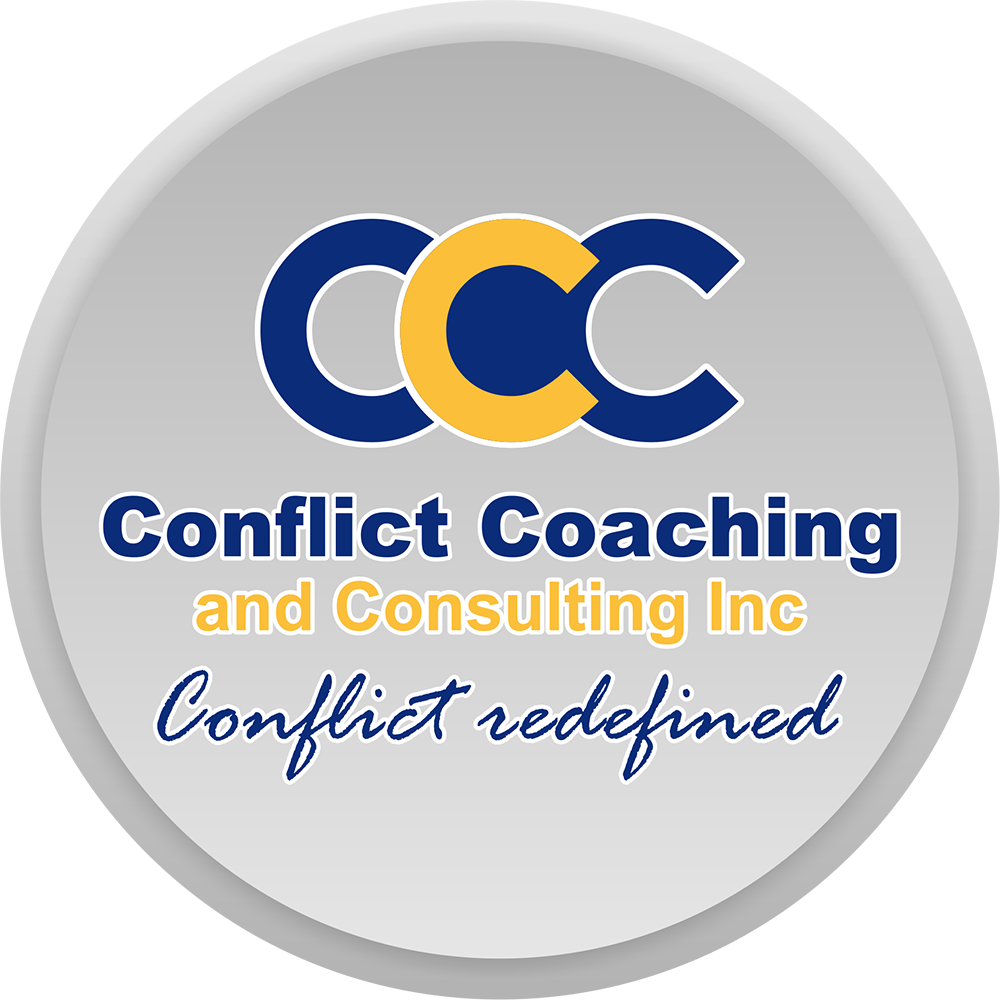
4 Stages of Anger You Should Know
Everyone feels anger at some point in their lives. In fact, it might be a good indicator of something that needs to change in your life or a sign of a relationship problem that needs to be handled.
However, like other emotions, anger has distinct intensity degrees or ‘stages.’
Understanding how it manifests itself in your life might help you handle it better by detecting the indicators that it is approaching the surface. This helps to guarantee that it does not have as many dire implications for you or the people around you.
In addition, increasing your emotional intelligence, or understanding of the causes behind your anger, allows you to utilize it as a tool to achieve positive life changes.
Look at the four stages of anger and some helpful strategies for de-escalating your emotional reaction at each stage.
What are the 4 Stages of Anger?
When a person has an angry outburst, they usually go through a series of stages, even if it appears to be spontaneous or has a quick beginning.
Understanding these stages can assist you in understanding the young person’s reaction, helping them lessen the effects of anger issues, and learning more constructive coping skills.
1. Annoyed

Most people feel bothered or annoyed a few times every day, which indicates that something or someone is mildly uncomfortable or irritating to them.
Someone, for example, may have used the last spoon in the office break area without refilling the stock. So naturally, you’re irritated as a result of this. It’s a good idea to go through any thoughts running through your brain while you’re this angry.
Because your adrenaline levels are still relatively low, you’ll be able to consider some of the causes of your displeasure objectively. You’ll also be able to decide whether your rage is warranted and be in a better position to discover a sensible solution.
Using the spoon as an example, examining your thoughts can help you identify whether your displeasure stems from your frustration with coworkers who seldom replace objects or whether this was a unique incident, and your impatience was just due to being excessively hungry.
After analyzing your options, you may decide to either leave a message for your coworkers to be more respectful or let it go and enjoy your lunch instead.
The source of your aggravation, like with other stages of anger, might be internal ideas or an external occurrence. But, again, using your intellect at moments of mild rage is the best approach to identify this and find a suitable solution.
Management
Relaxation and shifting your focus to something else can help you control the symptoms of annoyance. Yoga and meditation are the most effective forms of relaxation that can help you achieve calm and serenity.
2. Frustrated

When your anger becomes more than a little annoyance and your stress levels begin to climb, you’ve entered the frustration stage.
Of course, you’ll still be able to utilize your brain to think sensibly here, but because of your heightened resentments or discontent with what’s going on, being cool and clear-headed may be more difficult.
Management
When you are going through the frustration phase of anger, it’s a good idea to incorporate some physical relaxation techniques, such as relaxing breathing, muscular relaxation techniques, and soothing affirmations. Here are a couple of such examples:
- Focus on purposefully relaxing your muscles because anger manifests in the body as tension and is more easily released when that tension decreases.
- Take numerous calm, deep breaths, inhaling for four counts and expelling for eight. This allows you to relax much faster.
- Determine if you want to accept, change, or release the circumstance. Whatever you decide, say it numerous times to yourself. This makes you feel more in control (and less upset) because you’ve decided how to proceed.
3. Hostile

When there is a lot of stress, suffering, or anxiety in your life, it might lead to hostility. This is because your tolerance for upsetting situations is too low for you to deal quietly anymore.
This can happen for various causes, including an excess of physical or emotional discomfort, being overburdened with duties, having hormone imbalances, or not understanding how to express your emotions in ways that prevent them from becoming ‘stuck‘ inside you.
Hostility is when your anger tends to bubble up and out of you before a remedy to help alleviate it can be found.
The body’s fight or flight mechanism, designed to alert you of danger, takes command at this moment. Because this response impacts the brain by suppressing the areas responsible for controlling social behavior and correct planning, attempting to ‘think‘ your way out of your hatred will almost certainly end in even more frustration and fury.
Even if you’ve grown overtly antagonistic with another person and are snapping or shouting, there are powerful techniques to return to a more tranquil and relaxed state and turn the situation around.
Management
Making the option to walk away from the situation and review the problem later is one of the most critical skills at this level of anger.
This allows you to expel the pent-up energy from the adrenaline rush that is part of the body’s reaction to feeling assaulted and overwhelmed with emotion.
It is critical to move around physically while taking a rest. Try taking a brief stroll or performing a complete exercise. At this point, breathing to relax is also a good idea.
4. Enraged

You are absolutely out of control at this point. When your anger reaches this level, you may demonstrate harmful behavior, such as lashing out physically, excessive cursing, or threatening violence.
This happens rapidly before the reasoning portion of the brain has time to think about your anger consciously, and the survival center takes control.
You may get outraged for many of the same reasons that triggered your hatred, and reaching this stage may also suggest that your ‘reactive’ brain region is more active than your ‘planning’ brain center.
This stage of anger is often associated with workplace anger and can ruin your professional image. It can also negatively impact your relationships, impacting your daily life.
Management
When you feel irritated, immediately use the 4-count in, 8-count out slow breathing approach. This is the quickest technique to calm down your extreme emotional reaction. It also aids in regaining control of your reflexes as fast as possible.
Having some healthy management strategies to deal with your anger constructively before it overtakes you successfully is highly beneficial.
Conclusion
If you require anger management, we hope understanding the phases of anger will help you know how it all works. It is critical to understand your brain and how it is hard-wired.
The good thing is that our brains are malleable. Neuropsychologists refer to this as neuroplasticity. It means that you can practically modify your brain’s response.
Successful anger control takes both knowledge and practice. You can succeed if you commit to and practice specific behavioral and emotional adjustments.
If you need support, develop an anger control plan, enroll in online anger management classes, or discuss your anger control concerns with your doctor.





I’m over anger and on to conclusions